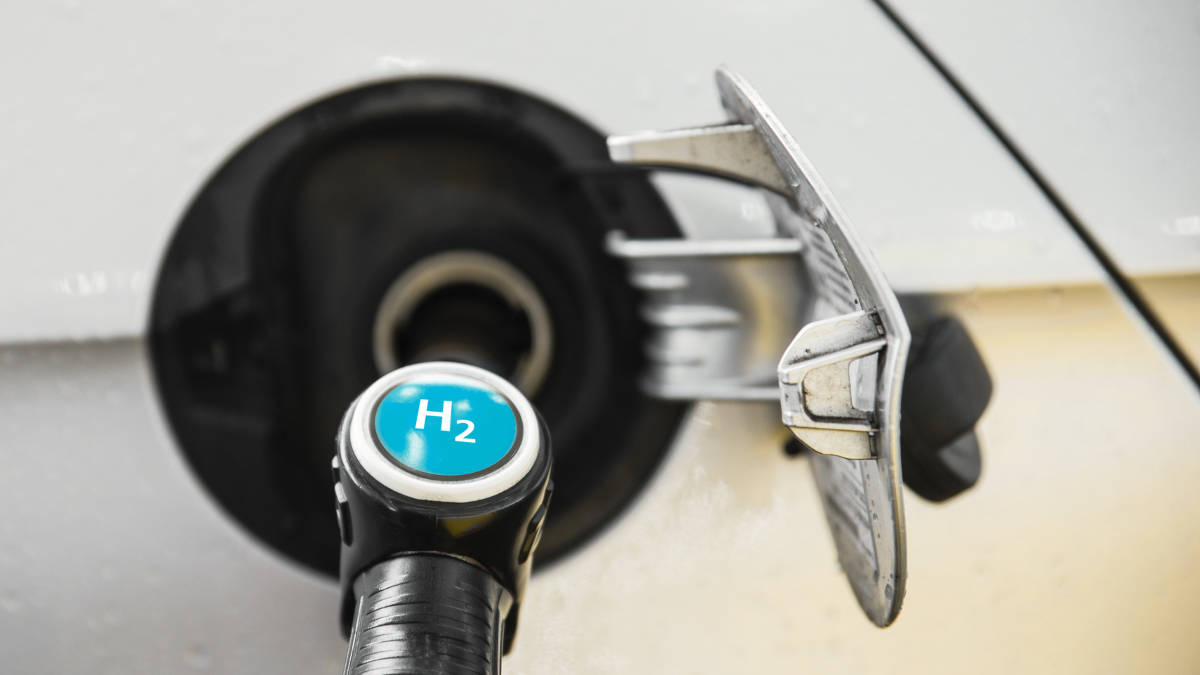GOT GAS: Hydrogen just had a big week, is it enough to fuel its uptake?

Could the hydrogen sector see greater growth. Pic: Getty Images
Hydrogen in Australia has seen some big moves this week with Fortescue officially opening its major electrolyser manufacturing facility in Gladstone and the Australian Renewable Energy Agency handing out research funding.
For those who haven’t been paying attention, Fortescue’s new 15,000m2 facility will have the capacity to produce 2GW of proton exchange membrane electolyser stacks per annum.
That’s a fairly large number of electrolysers which split water molecules by passing an electrical current – generated using renewable energy – into their constituent hydrogen and oxygen atoms.
What makes the electrolysers that much more interesting is that they were designed in-house by Fortescue teams in Australia and the US, meaning that Fortescue can now count itself as an original equipment manufacturer as well.
More generally, the capacity to build large quantities of electrolysers in Australia is a key step in reducing the cost of producing green hydrogen and increasing its adoption.
While electricity makes up the biggest cost in the production of green hydrogen, electrolysers make up a not inconsiderable portion.
Having a readily available, local supply of electrolysers could also make investment decisions that much easier.
As Fortescue Energy chief executive officer Mark Hutchinson notes, the move “positions Fortescue and Gladstone as a large-scale producer of what will be an increasingly sought-after commodity in the global shift to green energy”.
He added that the facility provided Fortescue’s team with an amazing environment to lean in and to leverage that learning to drive innovation and develop solutions, which could be every bit as valuable in the long-term.
Research boost
Meanwhile, the Australian government has boosted research in renewable hydrogen and low emissions iron and steel.
ARENA has awarded $59.1m in funding to 21 projects run by some of Australia’s top universities, research organisations, start-ups and companies.
While the agency had originally intended to award $25m in funding for each of the two categories, it wound up increasing the funding amount due to the quality of applications.
Hydrogen outweighed iron and steel with 13 projects splitting $34.2m worth of funding between them.
Projects were split nearly equally between hydrogen production research (seven projects) and hydrogen storage/transport (six projects).
Of these, Curtin University’s project to study the potential of transporting hydrogen in the form of a powder received the single largest grant of $5m and has a lot of very interesting implications if successful.
Hydrogen storage and transportation is potentially one of thorniest issues that stand in the way of the gas becoming an export commodity – as many in Australia would like it to be as a replacement for LNG.
Without going into too much detail, it is enough to say that the issues involved with hydrogen storage and transport mean that the green fuel is economically a lot more challenging to deal with compared to LNG.
Compression, liquefaction, conversion into ammonia are all being considered and they all face their own issues. Read here for more details.
However, Curtin University’s research could overcome many of these issues if it can be proven to work.
Its proposal looks into using sodium borohydride powder as a carrier for transporting hydrogen, a decades old solution that had fallen by the wayside due to the high cost of recycling its end by-product – sodium metaborate.
The university’s research has developed a chemical process and catalyst that promises to quickly and cheaply revert sodium metaborate back to sodium borohydride, enabling it to reused for hydrogen transport.
Success here would make the transport of hydrogen significantly simpler than most, if not all, of the other options that are being considered.
Growing the hydrogen ecosystem?
Will these development accelerate the uptake of hydrogen in Australia?
Possibly, but still not as quick as proponents would like.
There are still plenty of other factors that would influence uptake, key of which is the actual demand and applications for the gas.
Australia would need to have clear need for hydrogen – be it for domestic use, export, or both – in addition to the ability to produce green hydrogen at lower cost and economically sound storing/transport before we will really see it take off.
Related Topics

UNLOCK INSIGHTS
Discover the untold stories of emerging ASX stocks.
Daily news and expert analysis, it's free to subscribe.
By proceeding, you confirm you understand that we handle personal information in accordance with our Privacy Policy.








